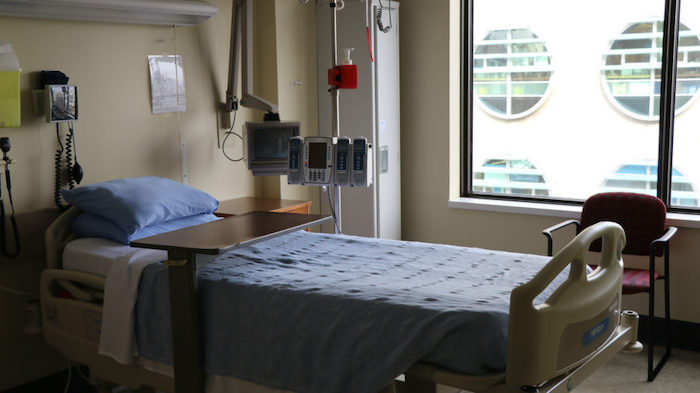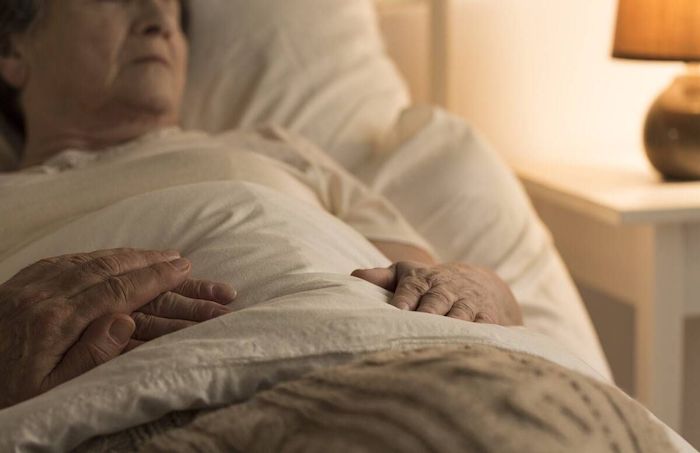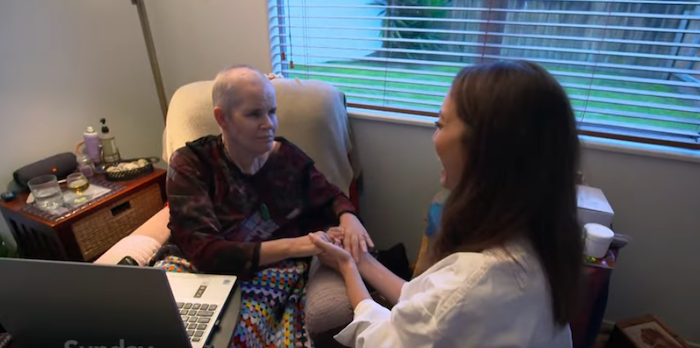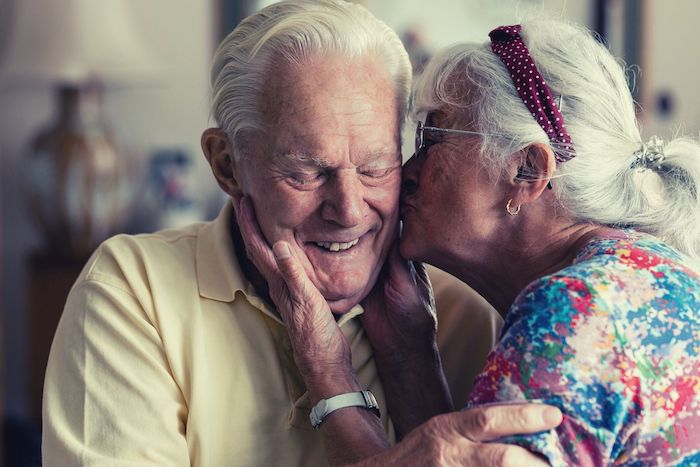
By Ben Pilkington
Death, of course, is a part of life for everybody. And for doctors, death comes with the territory of being a healer. Despite enduring more exposure to death than most, physicians still experience strong and lasting emotional reactions to it, including intense feelings about their own professional responsibility and competence.
COVID-19 brought this burden on doctors and other healthcare workers into sharp focus. Healthcare workers are dealing with mass mortality at a time when patients need more help than ever, but fewer resources are available to treat them.
This article examines how patients’ deaths affect their physicians, and how deaths from once-in-a-generation catastrophes like COVID-19 have complicated these encounters. We look at the stigma surrounding doctors and their emotions, and how such attitudes jeopardize healthy coping. Finally, we explore strategies that doctors can use to deal with patient death.
How do patient deaths affect physicians?
Even the most experienced physicians can have difficulty coping when a patient dies. Despite this—and despite the fact that physicians are confronted with death more than the average person—there is scant research examining how exposure to death affects them.
Available literature suggests that more exposure to patient death is strongly linked with more work-related stress, according to an article published in BMC Medical Education. Stress caused by the death of a patient at work can lead to burnout, which data suggests affects nearly half of all doctors treating terminally ill patients. To make matters worse, a high level of stress negatively impacts the quality of patient care, note the authors of a study published in BMJ Supportive and Palliative Care.
Sometimes, doctors feel the effects of a patient’s death long after it occurs. Feelings of numbness, guilt, and stress after a patient dies are common in the short term, but when surveyed, 61% of physicians reported that the most memorable patient death they witnessed continued to be a source of emotional distress for them in the long term, noted the BMC authors.
Patient deaths in the emergency department (ED) can be especially tough for doctors to deal with. There is typically no established patient-doctor relationship and death can occur suddenly, even in young and otherwise healthy patients, leading to more distress and emotional trauma for the healthcare workers tasked with preventing death from occurring, the authors added.
This takes its toll. According to a survey cited in the BMC article, 28% of ED doctors have considered quitting and 32% have thought about changing professions.
COVID-19 made it harder to cope with patient deaths
Dealing with medical emergencies means ED doctors are typically exposed to more sudden deaths than other physicians. But with the outbreak of COVID-19, doctors were confronted with unprecedented levels of patient death alongside increased demand for healthcare services, fewer resources per patient, and less time to do their jobs.
Together, these stressors are sometimes referred to as “cumulative grief,” a phenomenon that data from the US Department of Health and Human Services (HSS) suggests negatively impacts physicians’ health and the care they provide.
“Under normal circumstances, healthcare workers have more time to grieve and manage stress following the death of a patient. With increased deaths, the behavioral health impact of grief and the risk of burnout increase. This can result in compassion fatigue, low morale, exhaustion, burnout, and errors that could harm patient care,” according to the HHS report. You can read more about compassion fatigue and burnout here.
Systemic attitudes toward physician grief
Physicians recognize the need to help a patient’s bereaved family members and friends cope with death—breaking bad news is part of the job. But there is no standard advice for physicians who need that same support.
Traditional medical culture hasn’t looked kindly upon doctors’ emotional responses to death, notes psychologist, speaker, and author Elaine Kasket of London Metropolitan University, in a blogpost with BoardVitals.
“It is socially ingrained through medical school, and the cultures in both the UK and US medical establishments see a physician’s emotional response to death as a sign of weakness and even incompetence,” she said. “It feeds into this popular image of the physician as some kind of superhuman ultimate rescuer of human life; unable to do his or her job if they give in to or even acknowledge their emotions.”
Confronting this issue requires a fundamental change in the medical community’s perspective and policy. “There needs to be a sea change in medical culture to make support available,” she said, “and for it not to be stigmatized, to help physicians cope with grief, depression, despair or sadness.”
Strategies for coping with patient death
Out of necessity, and often in the place of a glaring absence of strategies in their training, physicians often develop their own ways of coping with their patients’ deaths. Sometimes, these coping mechanisms are unhealthy, such as when a doctor dons a morbid sense of humor (although some researchers maintain humor is healthy), tries to become numb to death, or externalizes the problem, as with alcohol abuse or overeating, according to the BoardVitals blogpost. Click here to read more about the drinking habits of doctors and the pandemic.
According to an article published in the Journal of Graduate Medical Education, oncologists at Memorial Sloan Kettering Cancer Center in NYC responded to the dearth of resources for physicians coping with death by introducing their own method, known as “Patient Death Debriefing Sessions.” Introducing these short sessions gave resident oncologists and other members of the treatment team a practical way to address their emotional needs after a patient died.
Patient death debriefing sessions were less than 10 minutes long, held within 24 to 28 hours of the death, consistently held after each patient death, and led by the attending physician. The sessions focused on residents’ emotional reactions to patient deaths, guided by a pocket card tool.
Memorial Sloan Kettering residents reported finding these sessions to be helpful and educational.
There is no shortage of techniques available—including yoga, mindfulness, exercise, and healthy hobbies—to help physicians relieve some of the stress and personal grief they feel when a patient dies. Read about some of those techniques here. And, of course, any physician needing support can lean on family members and friends, reach out to a counselor, and/or find a grief support group.
Just as important, however, is that doctors must give themselves permission to grieve—and society and the medical establishment can help take pressure off physicians by realizing they may need to grieve in the face of death, like any other human being.
Complete Article ↪HERE↩!






